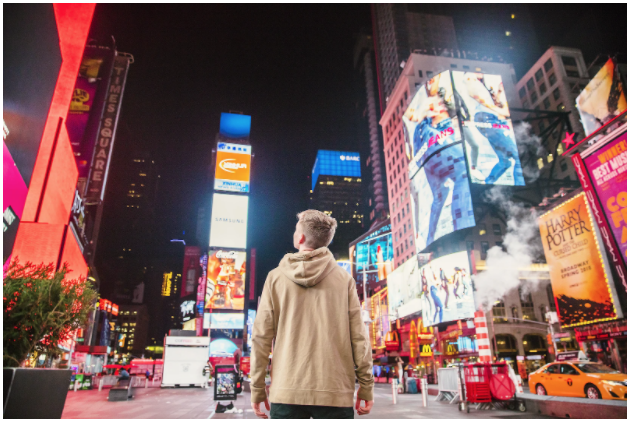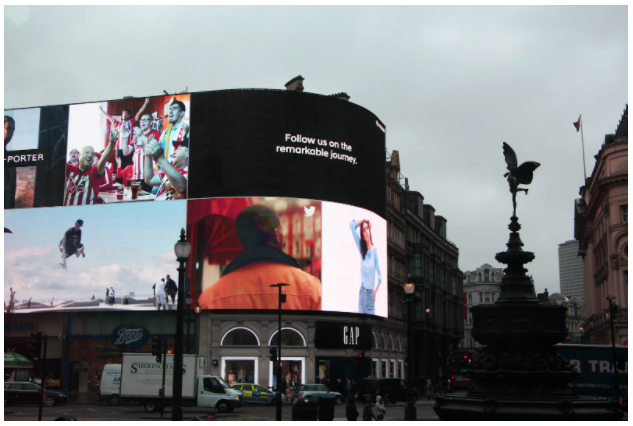How to Master the Art of Visual Communication For Your Marketing Agency
In absolutely no uncertain terms: it is impossible to understate the importance of visual communication for your marketing agency, especially in the modern era.
For years, you’ve worked hard to develop a unique “voice” for each of your clients. This, of course, requires you to manage many moving parts, all of which add up to a cohesive whole. The language that is used in their marketing collateral needs to immediately speak to the heart of their brand identity. Someone should be able to read the first few lines of a blog post and immediately get an impression of what that brand stands for in their minds.
Likewise, every piece of collateral needs to have that same voice – to the point where absolutely everything should feel like it’s coming from the same source. There should be zero confusion if someone reads a blog post, then reads a white paper, then sees an advertisement for the same business online. It should all feel like it was written by the same person, even if everyone involved knows that isn’t necessarily the case.
But the ideas at the heart of communication have changed over the last few years and there’s another element that is equally important to language in the minds of your audience – the visual side of the conversation that is playing out.
Therefore, if you truly want to accomplish great work for your marketing agency clients in the modern era, you need to properly account for both sides of this particular coin.
Why Visual Communication Matters
At its core, visual communication is important because it plays directly into how the human brain works, to begin with. People are visual learners – they always have been and that will likely never change.
Not only do people remember more of what they’re exposed to for longer periods if it’s expressed visually, but they also have an easier time following directions, too. What is marketing if not a set of fun, exciting, engaging directions that ultimately lead to the most important step of all: “click here to make that purchase you’ve been waiting for.”

Therefore, it is of paramount importance to make sure that you have the right marketing agency tools that will allow you to wield both of these communications tools to your advantage.
Yes, text-based content is important and it always will be. But without that visual flair, you’re overlooking an incredible opportunity to both speak to someone in their own “language” and to further differentiate your clients from your competitors at the same time.
If You Want to Communicate Visually You Need to Think Visually, Too
Once you understand exactly why visual communication is so important to your marketing agency, you can begin to leverage the fine art of powerful, captivating imagery to your advantage.
In most situations, this won’t require any type of significant change to the way you’re used to working. For clients who have marketing strategies that rely heavily on content marketing, for example, you’re probably already going to sites like Respona regularly to research ideas that are important to their niche audiences.
You’re still beginning every process by asking questions like “who are these people and what do they care about? What types of questions do they have? How can I inject my valuable insight into the types of conversations they’re already having?”
You’ll still want to do that, it’s just that now you’ll also need to pay attention to which of those questions you can address visually as opposed to straight text alone.
Maybe you’ll instantly hit upon an idea that can be best expressed not with a 1000 word blog post, but with a simple Infographic. That’s perfect, and it’s something that you should continue to explore.
Sometimes, you’ll want to bring in both of those elements at the same time. Maybe 50% of what you want to talk about needs to be expressed via text – there is no other way to do it. But the other 50% can be visualized with a tree diagram maker like Visme (which I founded). Sure, you could create an entirely text-based document and get the same idea across. But is that the absolute best idea? No, not.

To that end, so much of your success to that end is going to come down to your ability to treat your marketing and design teams, not as separate elements in your agency, but as the true collaborators, they were always meant to be. If the design team works entirely in a silo and comes up with the visual framework of a document only to then hand it off to the marketing people, you’re not going to generate the results you’re after. The reverse is also true – the marketing people shouldn’t be dictating the design of anything to the people who make those decisions every single day.
Instead, you need to support and empower them on their quest to work together – this is how you embrace the art of visual communication with open arms. Thankfully, there are a lot of online proofing tools that make this process easier than ever before.
Many of these types of tools are designed to offer agency leaders and project managers in particular access to the types of streamlined creative review and approval tools that not only speed up production, but that help those two formerly disparate teams work more effectively as a single unit. By allowing these two departments access to a tool that allows them to constantly engage with one another and share files and other documents as needed, everyone can give their input as early on in the process as possible.
The marketing people – or those who know the audience you’re trying to reach in an intimate level of detail – can offer invaluable insight into exactly the right type of messaging that you need to get across. The design people can then take that finely-crafted message and express it in the most visual way that they can, thus leading to a perfect storm in the best possible way.
Again – it’s critical to understand that absolutely none of this means that “the words” are no longer important to the life and success of a modern-day marketing agency. As always, the language that you use is paramount in terms of not only attracting the attention of as many people as possible but also keeping it for as long as you can.
It’s just that especially in the fast-paced world that we’re now living in, visuals have become equally important in terms of everything you’re trying to accomplish. Not only do they differentiate one brand from another in a meaningful way, but they also help build authority, create loyalty and offer far more engagement than ever.
A lot of your clients are already big believers in these ideas. If you’re able to quickly show them that you understand them and buy into them as well, you’ll immediately give them the type of peace-of-mind that only comes with knowing their marketing needs are finally taken care of.
About the Author
Payman Taei is the founder of Visme, an easy-to-use online tool to create engaging presentations, infographics, and other forms of visual content. He is also the founder of HindSite Interactive, an award-winning Maryland digital agency specializing in website design, user experience and web app development.
What Is WooCommerce Product Slider and Why Your Store Needs It
Why Do Product Images Matter So Much in Online Stores? When someone visits an online store the…
0 Comments9 Minutes
How to Streamline Your Customers’ Shopping Experience?
The goal for any online store is to make shopping as smooth as possible. When visitors move…
0 Comments8 Minutes
Strengthening Brand-Customer Relationships Through Gamified Loyalty Programs
Creating lasting connections with customers has become increasingly vital as the marketplace grows…
0 Comments6 Minutes
How to Use SEO and SEA Together in Search Engine Marketing
In digital marketing, search engine marketing (SEM) plays a critical role in improving online…
0 Comments10 Minutes
Content Marketing Growth Hacks: Real Shortcuts to Drive Traffic
Are you still lagging in content marketing? Sticking to these old strategies seems…
0 Comments10 Minutes
How to Build a Strong Local Following Using Social Media Marketing
In the days of likes, shares, and stories, local businesses have a golden opportunity to create…
0 Comments9 Minutes
Why WooCommerce is the Best Choice for Your Online Store?
WooCommerce stands out as a top option for anyone looking to build an online store. This platform…
0 Comments8 Minutes
How to Use AI-Powered SEO Tools for WordPress eCommerce
SEO is a critical factor in the success of any e-commerce WordPress store. As competition…
0 Comments11 Minutes








